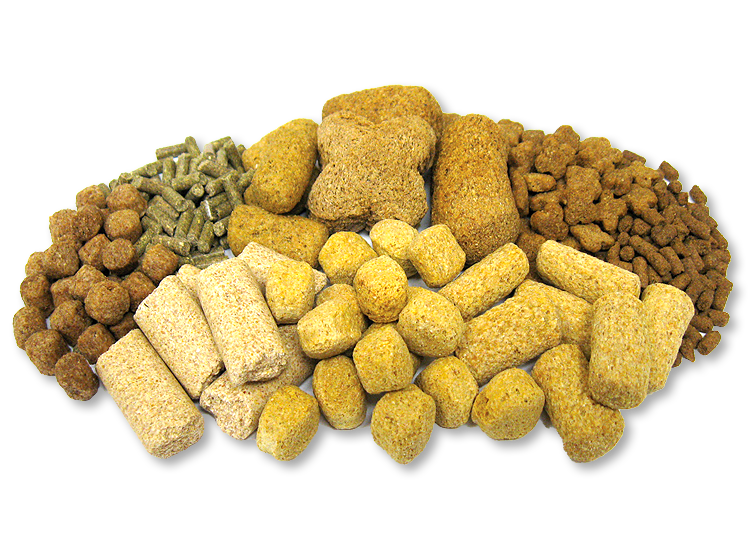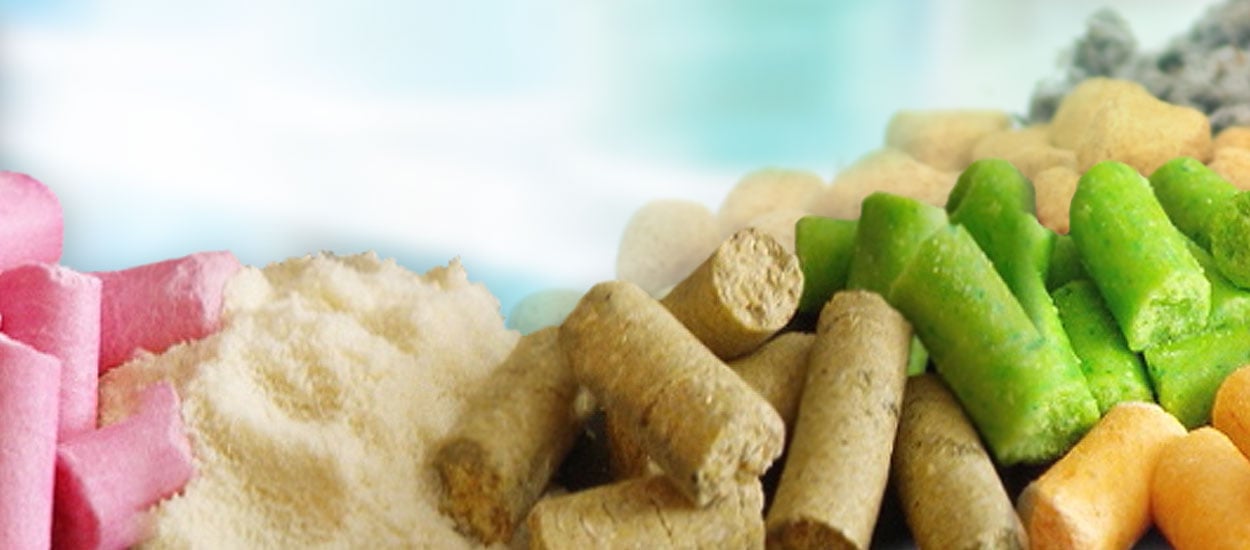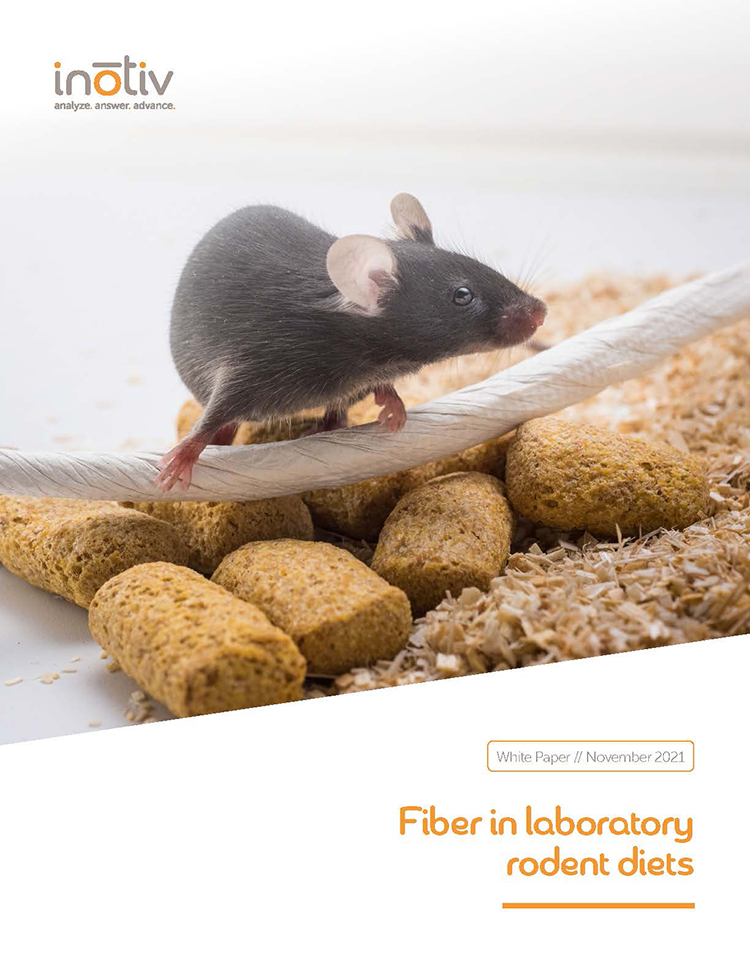Fiber in Laboratory Rodent Diets

The roles of dietary fiber and the gut microbiota in mediating health and disease have been investigated heavily in recent decades. What constitutes fiber varies somewhat depending on the group or body providing the definition but most broadly it is carbohydrates and lignin that are resistant to digestion by host enzymes.
Grain-based diets are relatively rich in fiber. Neutral detergent fiber (NDF) provides a fairly accurate estimate of the insoluble fiber in grain-based diets. NDF in natural ingredient rodent diets is typically 12-15% but can be greater depending on the specific formula. While measurements of soluble fiber in the ingredients are less certain, we estimate that grain-based diets contain around 2-5% soluble fiber.
Within a grain-based diet, fiber is a constituent of the ingredients in a diet, not an ingredient itself, so the ability to manipulate fiber content in grain-based rodent chow diets is very limited.
To adjust fiber levels precisely, we typically start with a purified diet that allows us to easily isolate and manipulate nutritional variables, then add the fiber(s) of choice. The highly refined ingredients in purified diets predominately consist of one nutrient per ingredient which makes fiber adjustments possible.
Common objectives of fiber adjusted diets include:
- Modulating the composition and/or function of the gut microbiota
- Reducing inflammation
- Increasing short chain fatty acids
- Combatting obesity, metabolic dysfunction, and/or MASLD/MASH.
Common Dietary Starting Points
| Diet Code | Rationale |
|---|---|
| TD.130343 | Contains no polysaccharides other than cellulose. As described in Desai 2016. |
| TD.00278 | Contains no cellulose or other fiber source. Originally developed to reduce fecal output following gastrointestinal surgeries. |
| AIN-76A, AIN-93G, AIN-93M | Well-known diets with defined composition. Diets contain 5% cellulose. Corn starch may provide some resistant starch. |
| High fat diets such as TD.88137 , TD.06414 | Investigate the role of fiber in the development of obesity, atherosclerosis, and MASLD/MASH. |
Fiber Sources
We stock cellulose, pectin, inulin, and high amylose corn starch. You may choose to provide another source of fiber, such as those listed below, as a customer supplied ingredient.
- Chitin
- Lignin
- Oat Fiber
- Fructo-oligosaccharides
- Galacto-oligosaccharides
- Xylo-oligosaccharides
What is a "low" or "high" fiber rodent diet?
There is no single definition of a low or high fiber diet and it is going to depend on the overall context of the diet. The Dietary Reference Intakes (DRIs), developed and published by the Institute of Medicine, are reference values used to plan and assess nutrient intakes for healthy people. The Adequate Intake (AI) for dietary fiber is 14 g/1,000 kcal (NAP 2005).
- For perspective, a natural ingredient rodent diet may be ~40-50 g fiber/1,000 kcal whereas the AIN-93G diet has ~13 g fiber/1,000 kcal.
- Typical inclusion rates for pectin and inulin are up to 10% but can be higher; however, gastrointestinal disturbances may result.
- Refer to the tables below for a selection of reported fiber outcomes based on different fiber sources.
Pectin Studies
Inulin Studies
Resistant Starch (Hylon VII) Studies
Need more information? A Teklad nutritionist will work with you to recommend or design new fiber adjusted diets.

Browse our curated list of recent fiber references for additional information.
- Fiber in Laboratory Animal Diets
- Blog: The Facts About Fiber and Other Key Ingredients in Your Laboratory Rodent Diet
Quick links

Ask a nutritionist
Live chat Live chat
Teklad diet selector
Selector app Selector app
Scientific Insights
Keep up-to-date with the latest industry thinking and scientific insights
Explore today Explore today



